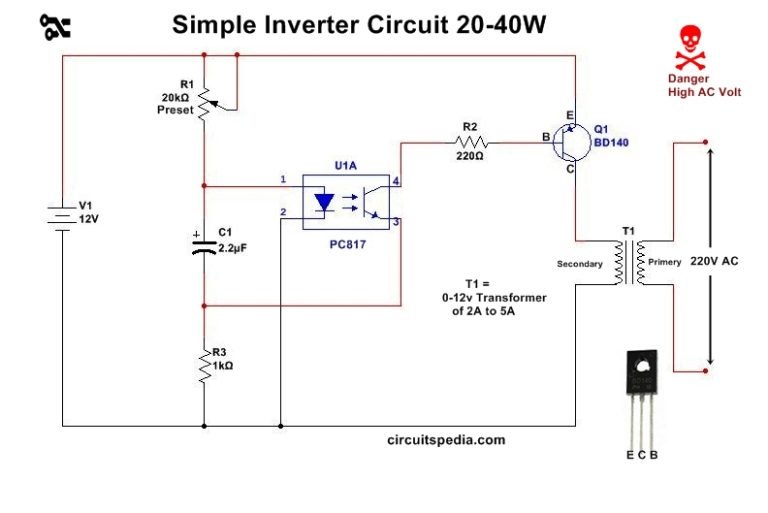

The circuit shown below has a power source, fuse, switch, a lamp and wires connecting each into a loop. Electrical circuits consist of wires, wire connectors, switches, circuit protection devices, relays, electrical loads, and grounds.

Electricity cannot flow without a power source (battery), and a load (bulb or resistor-electrical device/ component) and a closed conductive path (wires connecting it). The essential elements in a basic electrical circuit consist of: A source, load, and ground. One volt is the amount of pressure needed to move one amp of current through one ohm of resistance in a circuit.Ī circuit is a complete path along which electricity flows. This resistance or opposition of current is measured in Ohms. Anything that impedes or stops the flow of current raises the circuit resistance. The larger the resistance value, the more it fights. Electrical resistance describes the amount of opposition there is to the flow of current. Amperes or an amp is the unit measure of the strength or rate of flow of electrical current. This flow of electrons is measured in units called amperes. Voltage is the amount of pressure forcing the water through the hose. If you think of a garden hose as an example, current is the amount of water flowing through the hose. Electrical current is the measure of the flow of these electrons through a conductor or the electricity flowing in a circuit or an electrical system. As electrons move from a negatively charged area to the positively charged area, this movement of electrons between atoms is called electrical current. In other words, it’s the pressure or force that makes electrons move in a certain direction within a conductor. Think of voltage as the electrical pressure that exists between two points in a conductor, or the force that causes the electrons to move in an electrical circuit. Voltage (sometimes referred to as electromotive force) is the representation of the electric potential energy between two points in an electric circuit, expressed in volts. Remember the three elements of electricity voltage, amperage, and resistance. The following information will help you review the elements of electricity, identify techniques for understanding circuits, resistance, load, check open circuit voltage or available voltage, and voltage drop. Understanding basic automotive electrical operation is essential to your basic skills and helps your ability to diagnose root causes and repair electrical conditions.


 0 kommentar(er)
0 kommentar(er)
